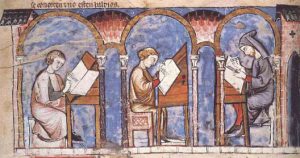Le Palais des Papes est le symbole du rayonnement de l’église sur l’Occident Chrétien au XIVème siècle.
Édifié à partir de 1335, en moins de vingt années, il est l’œuvre principalement de deux papes bâtisseurs, Benoît XII et son successeur Clément VI.
Le monument constitue le plus important palais gothique du monde, (15.000 m2 de plancher, soit en volume 4 cathédrales gothiques), et présente notamment les appartements privés du pape et leurs fabuleux décors de fresques exécutés par l’artiste italien Matteo Giovannetti.
Dès 1343, Matteo Giovanetti, originaire de Viterbe, dirige d’importantes équipes de peintres venus de toute l’Europe. Clément VI, après la décoration de la Tour de la Garde-Robe (Chambre du Cerf) lui confie celles du Palais Vieux : chapelles Saint-Martial et Saint-Jean. En 1352, Matteo Giovanetti entreprend les décors de la Grande Audience.
Les fresques encore conservées constituent un ensemble exceptionnel et témoignent de la haute qualité artistique de la première école d’Avignon.
The Palace of the Popes stands as the mighty symbol of the church’s influence throughout the western Christian world in the 14th century. Construction was started in 1335 and completed in less than twenty years under the leadership of two builder popes, Benedict XII and his successor Clement VI.
The Popes’ Palace is the biggest Gothic palace in all of Europe (15,000 m2 of floor space, which is the equivalent of 4 Gothic cathedrals) and presents the pope’s private chambers and the frescoes painted by the Italian artist Matteo Giovannetti.
As early as 1343, Matteo Giovannetti of Viterbo was at the head of important groups of painters coming from all over Europe. After the decoration of the Tower of the Wardrobe (the Stag Room) he was entrusted by Clement VI with the decoration of the Old Palace : Saint Martial’s and Saint John’s Chapel. In 1352 Matteo Giovannetti began decorating the Great Audience room. The frescoes which are still intact make up an exceptional work, one of the most interesting features of the Palace, and represent the supreme artistic quality of the first school of Avignon.

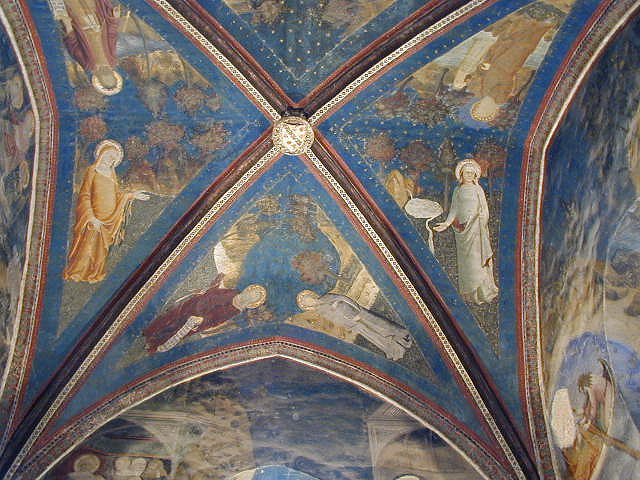
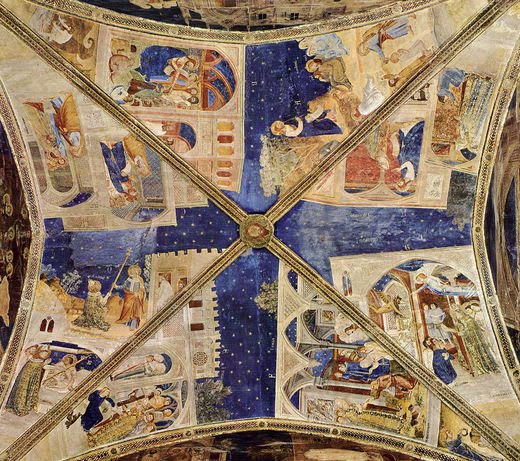
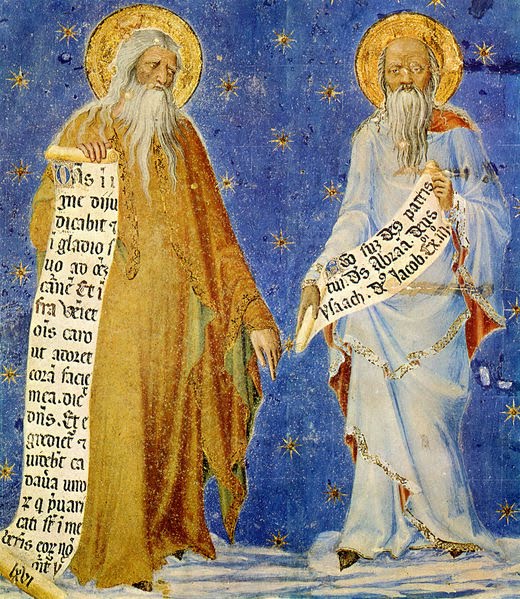
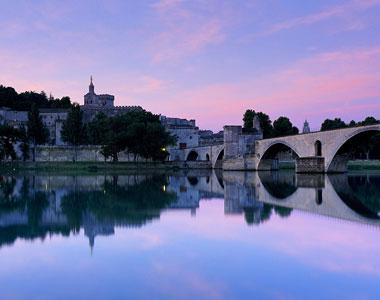
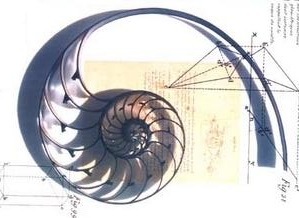
![Lire la suite à propos de l’article Le Trompe-l’oeil [Notes de lecture]](https://www.marievanesse.com/wp-content/uploads/2016/03/Calabrese-254x300.jpg)
